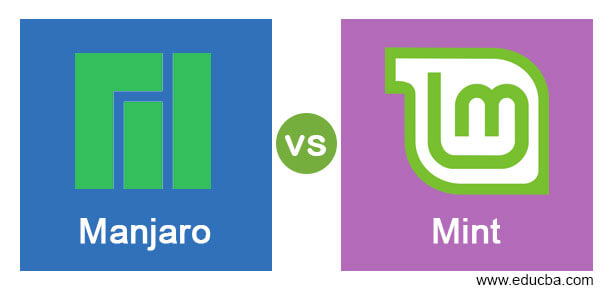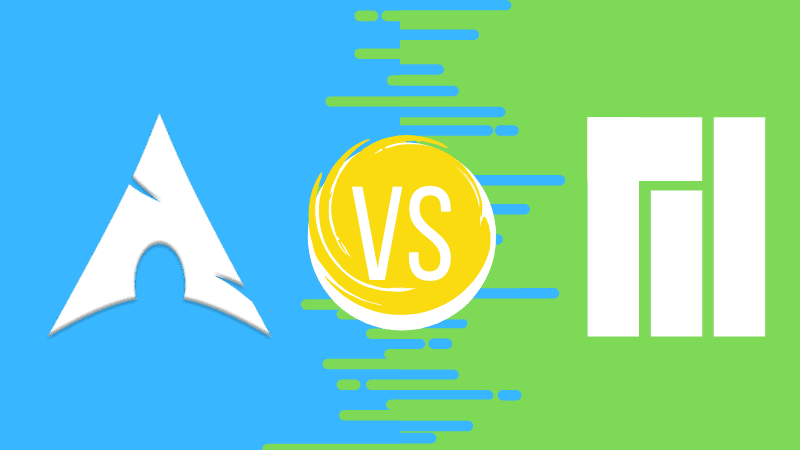Manjaro vs. Solus: Battle of the Rolling Releases

In the realm of Linux distributions, Manjaro and Solus stand out as two prominent players in the rolling release category. Rolling releases offer a continuous flow of updates, ensuring users always have access to the latest software and security patches. However, these distros also come with their unique strengths, weaknesses, and target audiences. In this comprehensive comparison, we dive into the key differences between Manjaro and Solus, helping you make an informed decision about which one suits your computing needs best.

Package Management and Software Availability:

Manjaro leverages the Arch User Repository (AUR), an extensive collection of user-created packages, in addition to the official repositories. This vast repository grants Manjaro users access to a broader range of software. Solus, on the other hand, maintains its own set of curated repositories, offering a more controlled and stable software selection.
Ease of Use and User Interface:
Manjaro prides itself on user-friendliness, catering to both seasoned Linux veterans and newcomers. Its installer is straightforward and offers a graphical user interface for a hassle-free installation process. Solus shares this commitment to user-friendliness, featuring a sleek and customizable Budgie desktop environment that provides an intuitive user experience.
Desktop Environment:
While both distros provide a variety of desktop environments to choose from, each has its unique default. Manjaro showcases the KDE Plasma desktop environment, known for its configurability and extensive customization options. Solus, on the other hand, shines with the Budgie desktop environment, renowned for its elegance, simplicity, and efficient use of system resources.
Stability and Reliability:
Manjaro’s rolling release nature introduces a trade-off between bleeding-edge software and stability. Users may encounter occasional issues due to software updates, but the active community and rolling nature allow for quick resolution of any problems. Solus, with its focus on stability and thorough testing, delivers a more polished and stable experience.
Community and Support:
Manjaro boasts a vibrant and active community, with dedicated forums, wikis, and IRC channels providing support and assistance to users. Additionally, the Arch User Repository (AUR) contributes to a wealth of knowledge and support resources. Solus, although having a smaller community, offers a tight-knit group of enthusiastic users and developers who actively contribute to the project and provide support through forums and social media channels.
Which One Is Right for You?
The choice between Manjaro and Solus ultimately hinges on your individual preferences and computing needs. If you’re seeking a rolling release with access to a vast software selection and customization options, Manjaro is a solid contender. However, if stability and a curated software experience are paramount, Solus might be a better fit. Regardless of your choice, both Manjaro and Solus offer robust rolling release experiences tailored to different user preferences.

I’m honestly not sure which distro I like more. They both have their pros and cons, and it really depends on what you’re looking for in a distro.
Solus is the best distro out there, hands down. Manjaro is a piece of crap.
I love Manjaro! It’s so easy to use and I’ve never had any problems with it.
I don’t think you can really compare Manjaro and Solus. They’re both great distros, but they’re designed for different purposes.
I’m using Solus because it’s the best distro for people who don’t know anything about Linux.
Oh, Manjaro is great. It’s so stable that I’ve had to reinstall it three times in the past month.
I’m not sure why you’re comparing Manjaro and Solus. It’s like comparing apples to oranges.
Manjaro uses Arch Linux as its base, while Solus uses its own custom repo. This gives Manjaro a wider range of software available, but it can also make it more unstable.
I’m a Solus user, so I’m obviously going to say that Solus is the better distro.
I’m interested in trying out Solus, but I’m not sure if it’s right for me. Can anyone give me some more information about it?
I’ve used both Manjaro and Solus, and I prefer Solus. It’s more stable and user-friendly.